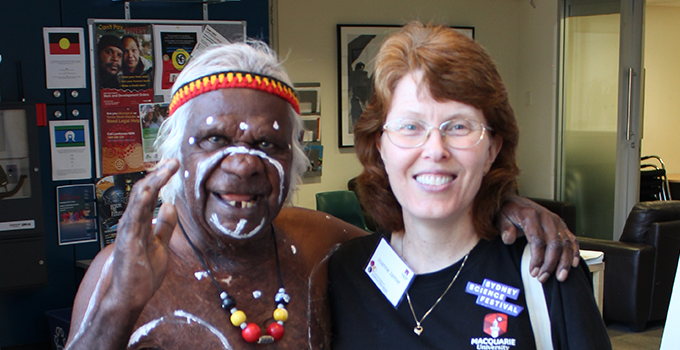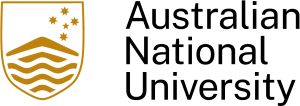Joanne Jamie: Inspiring the next generation of Indigenous researchers

“I believe very strongly that Rod Rickards greatest lesson was to encourage me to always be inquisitive and to look at an unexpected outcome in chemistry not as a failure but as an opportunity to understand the science more deeply and even help address new problems. I have been guided by this lesson throughout my academic career”
ANU Alumni Joanne Jamie completed her PhD at the RSC in 1992. Focusing on organic chemistry, Joanne says her studies encouraged her to think about the potential positive outcomes that could be found in chemical research.
“I did my PhD with Rod Rickards,” Joanne explains. “It was on biomimetic synthesis of important anticancer and antimicrobial molecules. So it was fundamentally organic synthesis, but its approach provided an understanding of biological processes and applications.”
“My PhD was really my starting point of wanting to always have a research goal that had some medicinal or other value in its output. That's actually something I've always wanted in my research, to be using small molecules to help understand biological, medical or other problems, and help us in addressing those.”
After her PhD, Joanne spent a further 18 months at the ANU as a Postdocoral Fellow working on a project to develop anthelmintics to treat sheep and other livestock infected with haemonchus contortus or what is known as barber's pole worm, which is a major agricultural problem. She was then appointed as a bio-organic and medicinal chemist, at the University of Wollongong, and began working on a large cataract research project and traditional ‘bush’ medicines research.
In 2000, she was appointed as a biological chemistry lecturer at Macquarie University, where she continued her research in cataract and significantly strengthened her traditional medicines research.
“I've become the Director of the Indigenous Resources Research Group,” Joanne explains. “We work directly with indigenous communities on documenting and preserving customary – both traditional and contemporary -- indigenous knowledge, particularly related to medicinal plants, and understanding the chemical and biological properties of the bioactive constituents. We are slowly broadening into bush foods as well.”
Joanne says this work is essential as much of this knowledge, which has been held for thousands of years, is being lost forever. This work forms a core part therefore of cultural preservation. But it also has a major chemistry focus.
“The chemistry I do in this project is predominantly natural products isolation and structural elucidation, which is combined with biological testing to understand the bioactive properties of the natural products.
“We are starting to explore a metabolomics approach with Associate Professor Paul Prenzler from Charles Sturt University to help understand the chemical diversity of these customarily used plants, and are also extending to a greater suite of biological assays to uncover the potential of these plants for medicinal and other uses.”
But this research goes well beyond this chemistry. Joanne and her team have also started to work with indigenous communities to help close the gap of disadvantage, particularly in the field of education.
“It started with the Elders that we work with on the bush medicines actually begging us to help their youth,” Joanne explains. “We were talking about best ethical practice with working on the customary medicines, and it got us talking to a significant group of Elders in New South Wales about the education of their youth. They explained their youth weren't being motivated to complete beyond year 10, and they were very concerned about them.”
“We developed the National Indigenous Science Education Program. We work with Aboriginal Elders, school staff, and other universities to actually give Indigenous youth leadership skills using Science as a tool for that.”
Through this program Joanne and her team work with approximately 150 indigenous students per year, helping them become leaders in science education.
“We initiated this with the aim of making indigenous secondary school students leaders of science activities, so they could develop the self-belief and confidence to actually complete their schooling successfully, and also give them the confidence and understanding of university to consider options of tertiary education as well.”
“We do so by making them leaders of a range of science events within schools, communities and universities, where they get to explain a variety of science activities to junior students at their schools and to the wider public at quite significant events, such as National Science Week. They work with our university students, and myself, and others of our team, to do so. They become role models for their school and community.”
From her time back at the ANU studying with Rod Rickards Joanne Joanne has always been interested in seeing chemical research have a real world impact. Even if it wasn’t in the direction she initially expected, through working with Indigenous communities, she is now seeing the real impacts chemistry can have.
